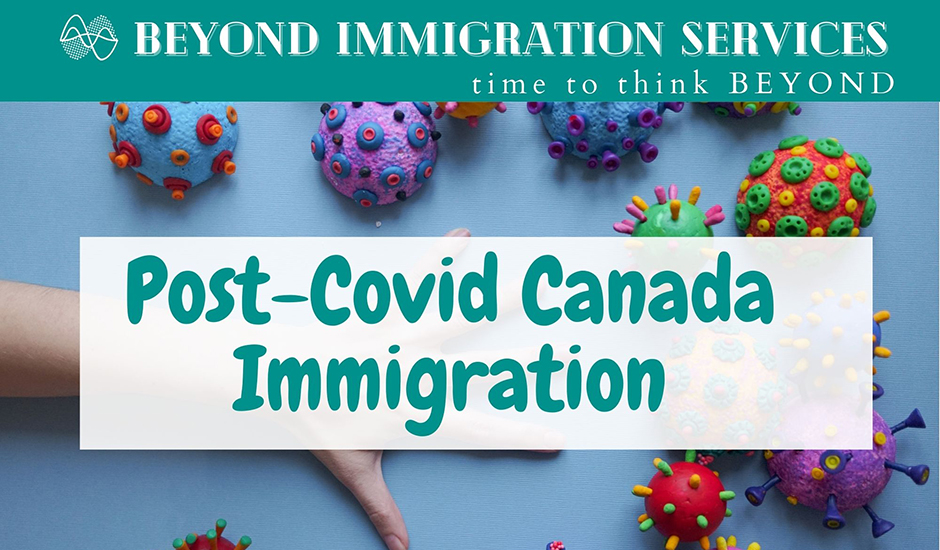
The Canadian economy has been hit hard due to COVID like other countries. Businesses have been struggling to try to stay afloat and unemployment has reached an all-time high. With 2021 incoming, it is likely that new businesses will be encouraged to help the wounded economy. Businesses could be acquiring the Labour Market Impact Assessment (LMIAs) easily so as to attract foreign workforce and fill in the shortages. For entrepreneurs, foreign skilled candidates, and business owners, this could be a good opportunity to take advantage. It could likely be the renaissance for immigration as one can already observe that with the immigration target for 2021. A fast track system to approve businesses quickly does not seem farfetched and could likely happen.
With a target of 401,000 for 2021, there would be a spike in applications and constant delays could be inevitable. Canada has promised to modernize the immigration system and diverse policies, procedures, and digital makeovers aim to handle the spike and that remains to be seen for now. But due to high demand, it would be a good idea to stick to your immigration goals for Canada as updated programs could enable efficient and faster application processing. IRCC aims to develop tools and technology to increase operational capacity, and so on. Things will not instantly change starting 2021, but with an urgency to achieve set targets, it is unlikely it will be the same as now.
Lately, EE has been making headlines with the invitation to apply (ITAs). It already surpassed 100,000 this year and there is no stopping it. The draw held on December 9 saw 5000 ITAs issued with a comprehensive ranking score (CRS) of 469. It is the second time around that the score dipped 469. Usually, the CRS requirement floats above 470. It could be a possibility that low CRS scores could follow suit with 2021 and frequent draws could happen. The domino effect could give rise to more permanent residency options for immigrants in the future.
There are more than 80 economic class programs that exist in Canada. Their aim is to attract specific immigrants to fulfill areas of the economy. Multiple pathways have already given the flexibility and the element of choice. But it is likely, new immigration
programs could be developed to further enhance and add another dimension on top of the existing pathways. For example, Quebec recently released details of three new permanent immigration pilots, namely pilot for orderlies;
program for workers in artificial intelligence (AI), information technologies (IT) and visual sectors; workers in food processing (FP). Additionally, an agri-food pilot has also been announced to target labour needs
of the Canadian agri-food sector. It is a pathway that would give the opportunity to experience, non-seasonal workers in specific industries and occupations and it will run till May 2023. On the provincial nominee front,
new programs could be implemented and provinces could take a prominent role to attract immigrants so as to fill the isolated pockets within their territory.
Whatever the case
maybe, Canada’s emphasis on immigration shows its commitment to welcome students, workers, immigrants, and visitors. Attracting and retaining the workforce through new pilot programs could prepare Canada to deal with
the COVID aftermath and ome upto speed with immigration.